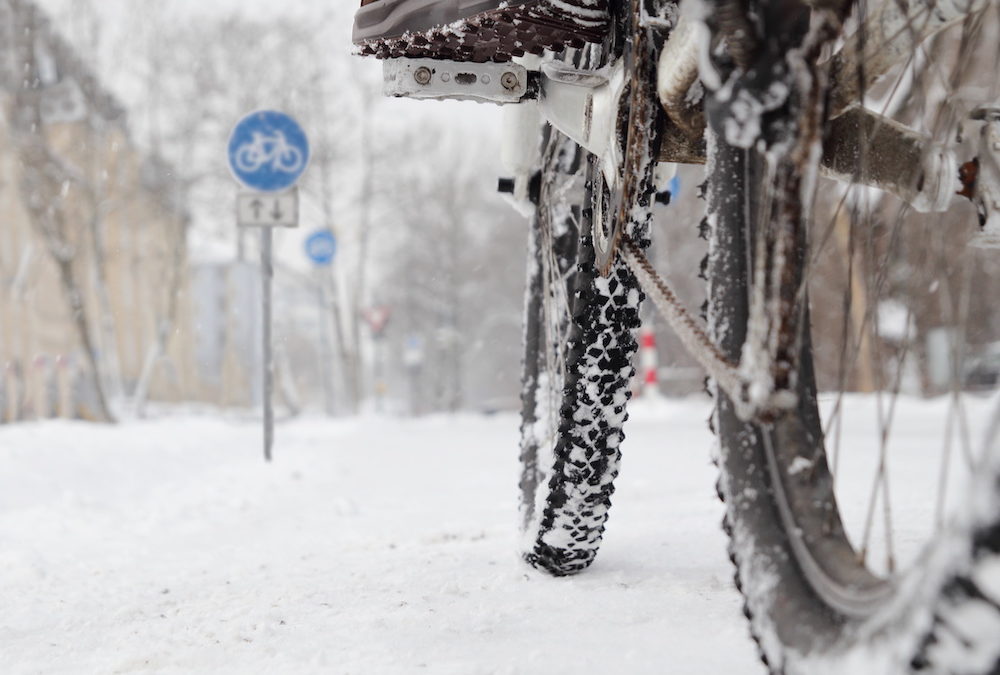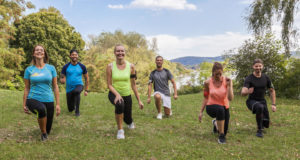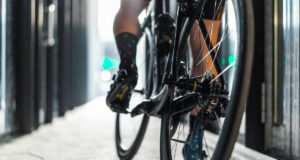Despite popular opinion, cycling in the snow can be loads of fun, especially thanks to the refreshing feeling of cold snowflakes landing on your face. However, to prevent you from freezing, we have prepared some tips and tricks for cycling in snowy conditions.
There’s no such thing as bad weather
Cycling revs up the body, hence it’s important not to dress too warmly to prevent you from immediately breaking a sweat once you’re warmed up. It’s best to wear many layers on top of one another so you can take one off when you’re getting too hot. Breathable functional clothes and a wind and water proof jacket will help. Heated jackets will often be too warm once you’ve really got going. Furthermore, it’s important to keep your hands, feet and head warm for an enjoyable ride. Naturally, you should also wear a helmet in colder weather, under which you can wear a cap. Alternatively, some cyclists simply wear a skiing helmet during the cold season. If you’re cycling a high speeds, you might just as well also wear your ski glasses.
Tip: Bring warm drinks like tea or coffee in a thermos flask to warm yourself from the inside.
Adapt to the conditions
Deflate the tires a little to get a better grip if the roads are snowy. Slowly cycle through curves and use the brake carefully as it’s very easy to slip on loose chippings – it’s better to only use the rear brake and to cycle on the middle of the road. Those who want to play it safe might want to invest in tires with spikes that improve your grip on icy roads. Make sure that your brake cables are well-maintained so that they’ll work even at cold temperatures. Last but not least, make sure that others can see you well – lights and reflectors on your bike and your clothes are a must, even more so during winter!
Tip: Spray your bike lock with teflon spray to prevent it from freezing up.
Take care of your bike
Riding your bike on wet or salty streets doesn’t do your bike’s metal parts any good, so you should make sure to remove salt and dirt from your bike on a regular basis (preferably after every ride). E-bikers must also pay attention to their bike’s battery – putting it into a neoprene cover can help improve battery life in the cold season. If possible, store your bike in a dry room, however, parking your bike under a roofed space will also suffice. The less the bike is exposed to dirt and moisture, the smaller the effort you need to put into maintenance becomes.
Do you have more tips for cycling in snow? ❄️🚴🏻
Let us know in the comments!
- The Top 5 Cycling Destinations in 2020 - January 14, 2020
- Your First Long Bike Ride – 200km and More - January 11, 2020
- 4.5M – The World’s Largest Cycling Route Collection - November 21, 2019






